Question
Make recommendations for the design choice. Explain whether you think that this is the appropriate correlation or bivariate regression to use for the research question.
- Make recommendations for the design choice.
- Explain whether you think that this is the appropriate correlation or bivariate regression to use for the research question. Why or why not?
- As a lay reader, were you able to understand the results and their implications? Why or why not?
ABSTRACT
The purpose of the study was to investigate the anxiety features of children who experience child sexual abuse (CSA) and their parents, along with the features and consequences of sexual abuse in the environment of Child Advocacy Centers(CAC). The sample of this study comprised 150 childrenaffected by CSA and one of their parents who were admitted to ?zmir CAC between June 2016 and November 2016. The children-age range 9 to 13 years-and one of their parentswere asked to complete the State-Trait Anxiety Inventory separately. The children also completed the Childhood AnxietySensitivity Index (CASI). During psychiatric evaluations of the children, sociodemographic characteristics and features of sexual abuse were noted and all psychiatric conditions were examined. The statistical analyses yielded significant correla-tions between the STAI scores of the parents and STAI-C and CASI scores of the children. There were statistically significantdifferences between the CASI scores, STAI-C subscale scores,and STAI subscale scores according to some variables of CSA along with their psychiatric diagnosis. Our findings showed that having higher anxiety sensitivity and trait anxiety levelsand having parents with higher trait anxiety might be considered as risk factors for being diagnosed as having a psychiatric disorder due to CSA.
Procedures
After performing forensic interviews, both the children and one of their parents were asked to complete the State-Trait Anxiety Inventory (STAI-for children and STAI for parents), separately. Children also completed the Childhood Anxiety Sensitivity Index (CASI). One researcher was present throughout to provide assistance if needed and to ensure confidential and independent responses. Psychiatric evaluation appointments were scheduled after this procedure. During the psychiatric evaluations, sociodemographic characteristics and the features of the sexual abuse were
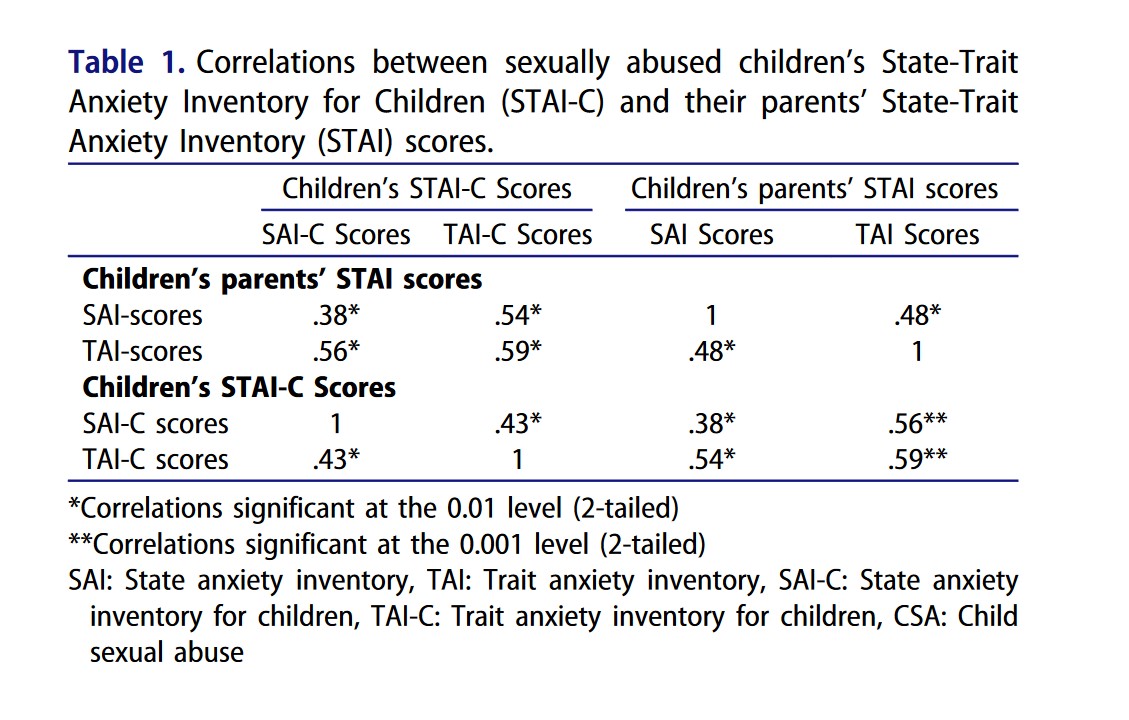
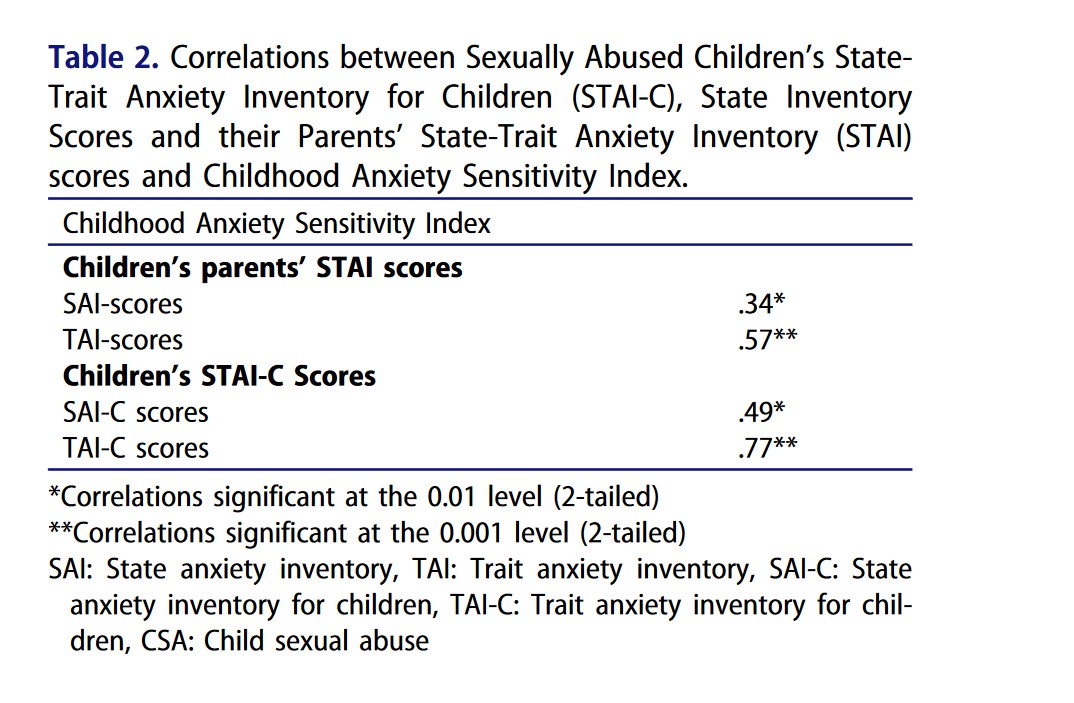

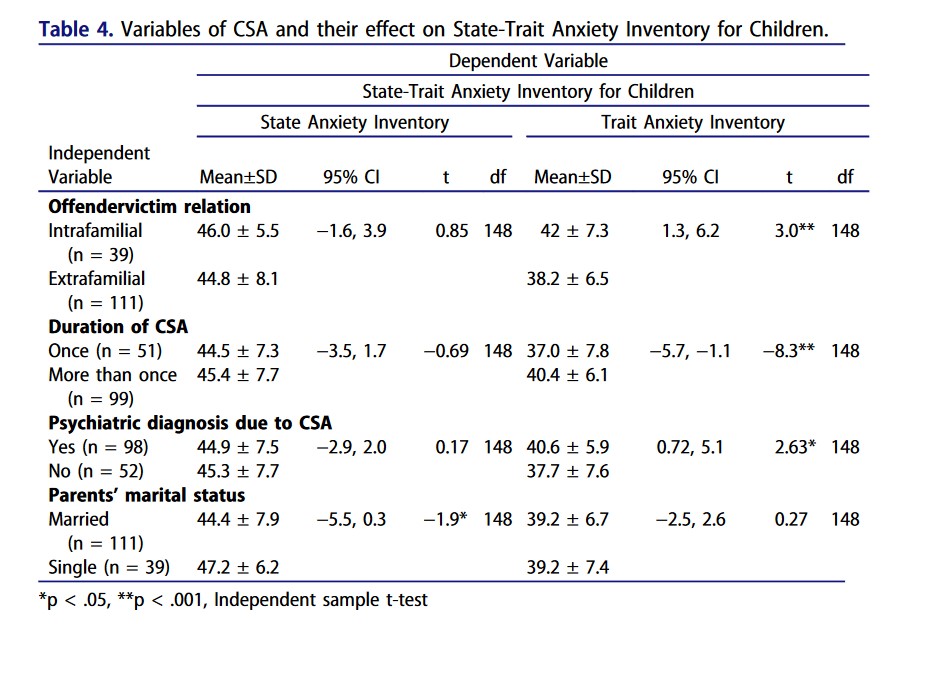
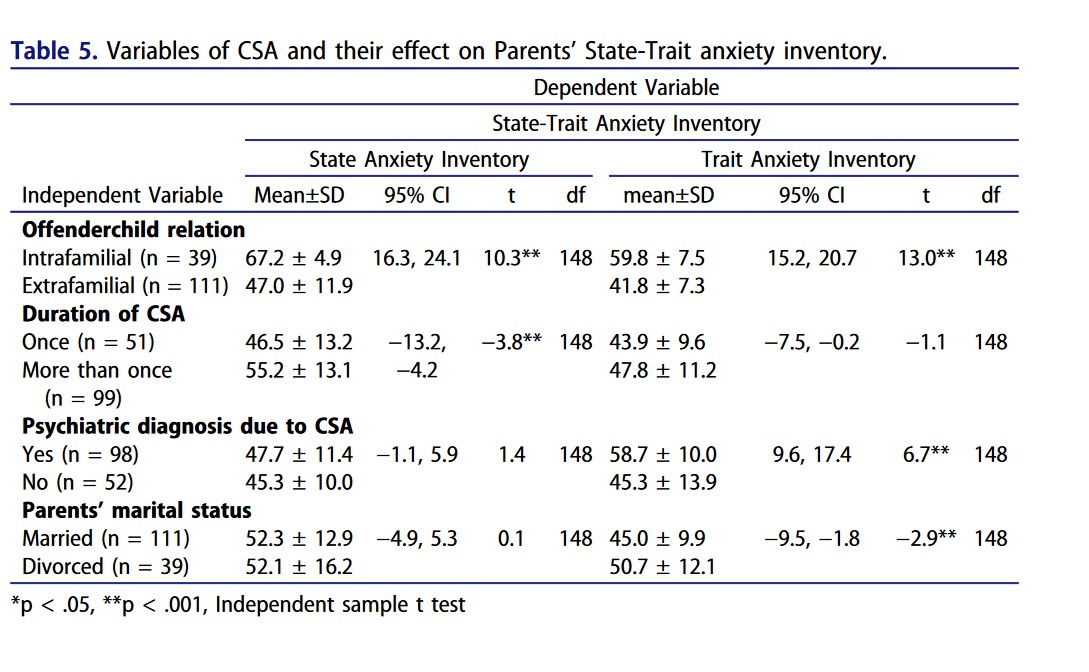
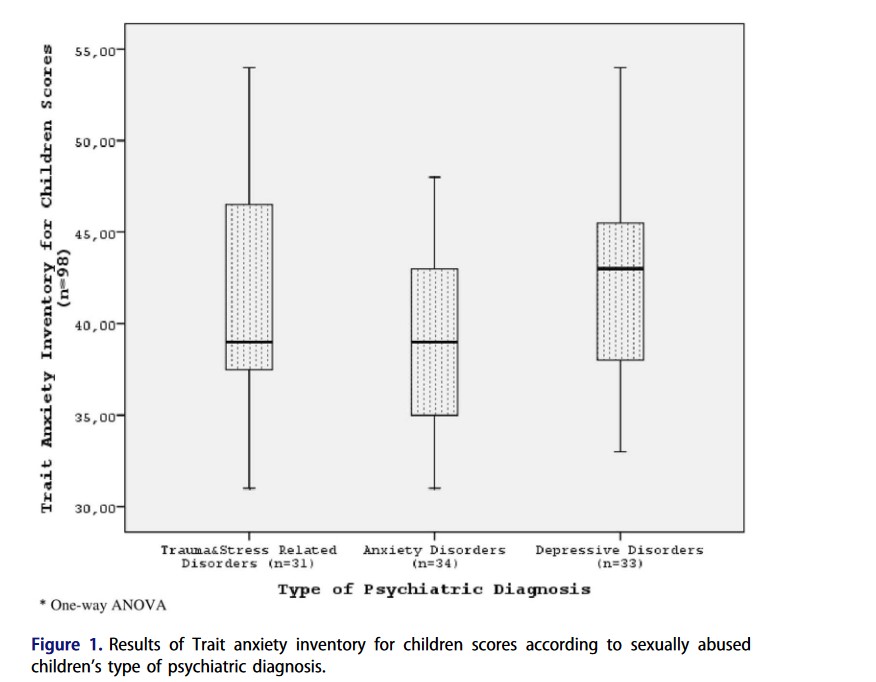
Step by Step Solution
There are 3 Steps involved in it
Step: 1

Get Instant Access to Expert-Tailored Solutions
See step-by-step solutions with expert insights and AI powered tools for academic success
Step: 2

Step: 3

Ace Your Homework with AI
Get the answers you need in no time with our AI-driven, step-by-step assistance
Get Started


